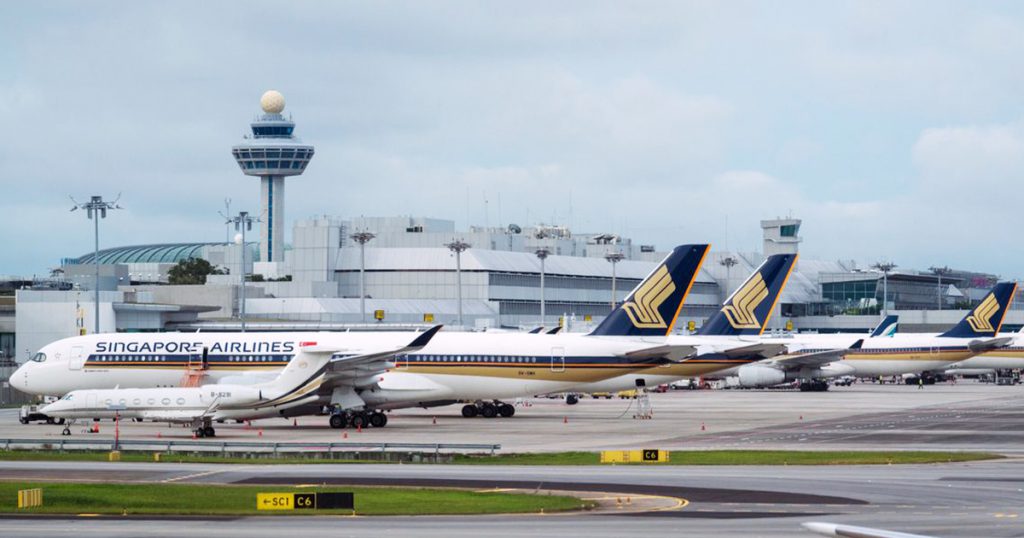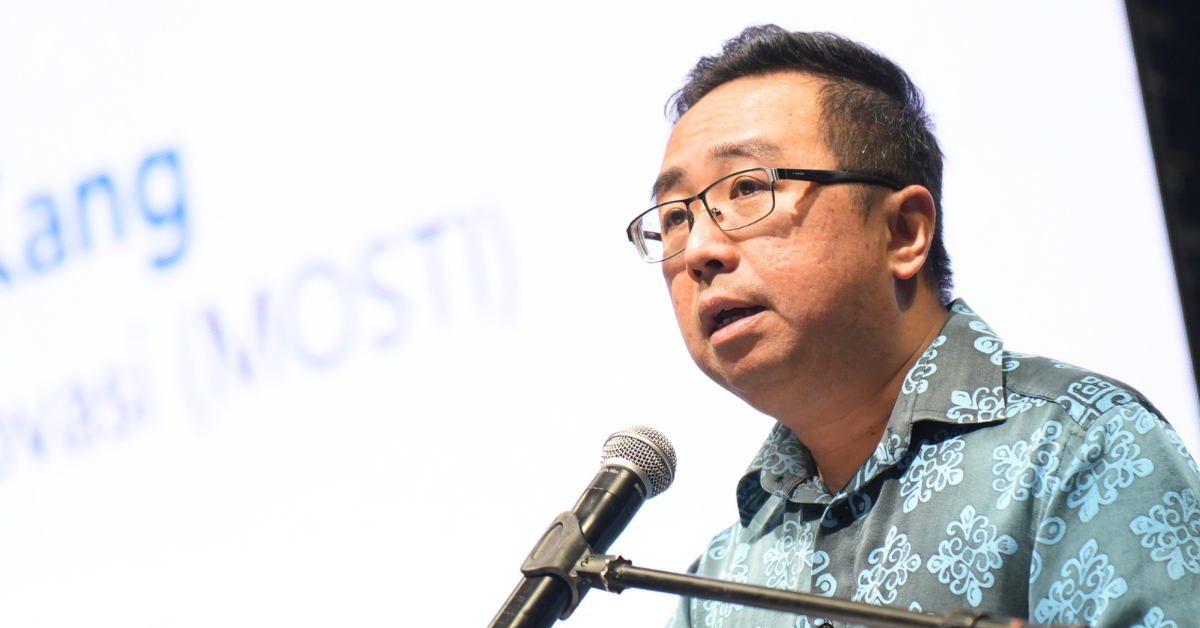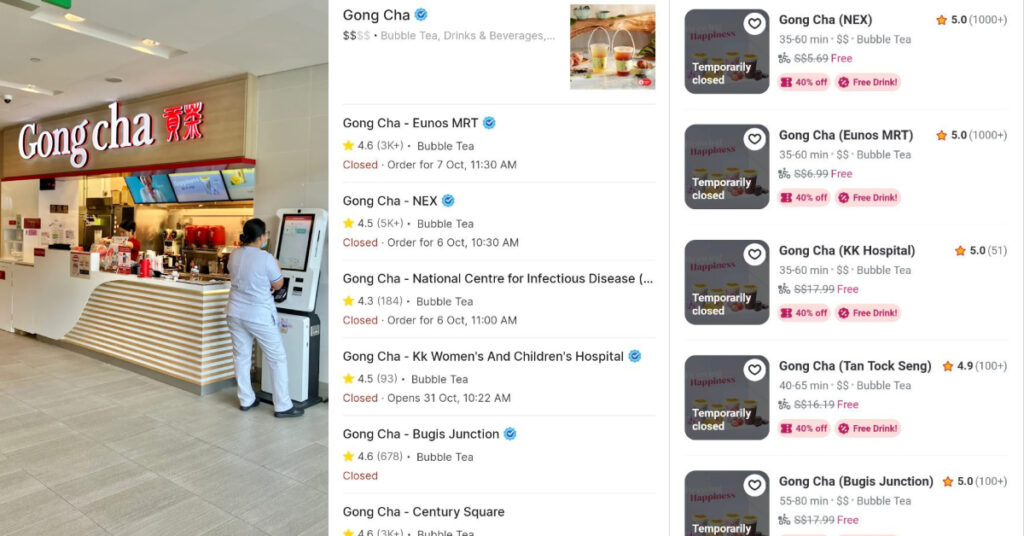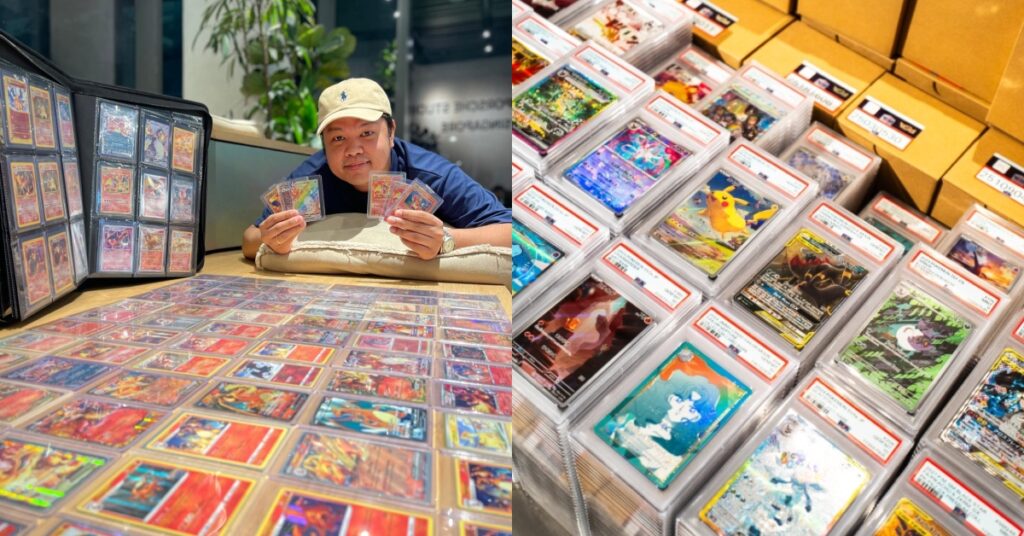Editor’s Note: The article was edited on 27 August 2020 to reflect that 68.3 million people in total traffic moved through Changi airport in 2019, from the initial 20 million which only referred to transit passengers.
It’s not news that Singapore Airlines (SIA) has been struggling with the onset of Covid-19.
SIA has already spent half of the S$8.8 billion in share sales that it raised in two months. Despite belt-tightening, fleet maintenance continues to suck the airline’s resources dry.
As part of Singapore’s latest supplementary budget measures, Minister Heng Swee Keat announced an additional S$187 million worth of support for the aerospace industry. That’s on top of the 50 per cent payout incentives supplemented under the S$23.5 billion Jobs Support Scheme (JSS).
However, these significant subsidies alone cannot save the travel industry as international air travel is unlikely to bounce back until 2024, according to the International Air Travel Authority.
This is why SIA is now stuck between a rock and a hard place. Bucking on recent travel trends, there’s no better time than now for our national carrier to get creative to raise its bottomline.
Travel Bubbles Can’t Revive SIA’s Tourism Dollar
The conventional tourism dollar is no longer an option as demand for air travel has plummeted. Prior to Covid-19, over 68.3 million travellers moved through Changi Airport a year but that number has since dwindled to 400 travellers daily, or 150,000 a year.
SIA, which accounts for half of Changi Airport’s traffic, is reliant on open international airways. With the threat of Covid-19 hanging over the globe, the airline’s passenger travel has dropped by 98.6 per cent in July.

Currently, Singapore only has two green lanes open, amounting to just 15 SIA flights travelling between China and Malaysia per week.
In-transit air travel among five Southeast Asian countries was recently approved; but prior to Covid-19, these flights amounted to less than one-third of Changi Airport’s flights.
That means that SIA’s key revenue stream — premium travel, which accounts for up to 40 per cent of its income — is off the cards.
Hosting A Grounded Fleet Is Draining SIA Reserves
SIA’s assets cannot be easily downsized either.
Out of the S$8.8 billion raised, SIA has used S$2.5 billion to pay for one-off items, S$2 billion to repay a bridge loan, S$500 million to redeem 10-year bonds and other operating and capital expenditures.
SIA’s fleet, bereft of passengers to ferry, has been grounded. In fact, SIA is ranked among global airlines with the most parked planes, and over 124 of its planes are grounded at Changi Airport.
Maintenance costs for non-earning planes are a recurrent problem and pose a constant drain on SIA’s reserves.

As part of its belt-tightening measures, SIA is shedding its workforce. Out of around 28,000 employees, at least 6,000 have taken no-pay leave, and 1,700 have been redeployed to external organisations.
A minimum of 10 per cent pay cut has also been implemented across the board, coupled with the introduction of early retirement and release packages.
Singapore’s trade unions are also working with the airline to retrain and shift workers to other economic sectors, but Singaporean jobs are taking a hit.
SIA’s decline has shaken investor confidence, with the airline’s share price dropping to a 21 year low after a record loss.
The airline industry is critical to Singapore’s international image. The sector employs over 192,000 workers and contributes to more than 5 per cent of Singapore’s GDP.
Singapore’s reputation for premium air travel is linked to SIA’s ranking as one of the world’s top choices for luxury travel, and a symbol of the country’s wealth.
That’s why the government has publicly stated its commitment to supporting the aviation sector so that normal air travel can readily resume once a Covid-19 vaccine is found.
But how long can we keep supporting a flailing industry?
At some point, SIA has to start moving forward. In a do-or-die situation, there’s no choice but to get creative.
“Ghost Flights” And “Flights To Nowhere”
Although most people are not allowed to travel, cargo can get onboard.
Since the pandemic began, over 150 airlines including Cathay Pacific, Emirates and Lufthansa have been operating “ghost flights”: passenger planes transporting freight.
United Airlines reportedly operated over 5,000 cargo-only passenger flights transporting up to 170 million pounds of cargo since March 19.
Meanwhile, SIA duly reported an uptick in cargo load factor in July. Currently, 32 of the airline’s passenger aircraft and all seven of its freighters are being used for cargo-only flights.

Some airlines are also launching one-way “flights to nowhere”. Touted as “sky dining experiences,” flights are cashing in on consumers’ desire to travel by providing them with a sightseeing tour from the skies.
These planes might not be able to land, but passengers can at least marvel at the majestic birds-eye view of glistening oceans and rippling meadows.
For instance, Royal Brunei Airlines took 99 passengers on a “Dine and Fly” sightseeing tour over Brunei’s coast and the island of Borneo.
A “Bruneian menu” was provided onboard and commentary was provided by the pilot. The first flight actually sold out in 48 hours and over 300 people are now on the waiting list.
On the other hand, Taiwan’s Eva Airlines also launched a three-hour “flight to nowhere” on their Hello Kitty plane. The tour took its passengers over the northeast cape of Taiwan and Japan’s Ryuku Islands.
An economy class ticket costs S$250, and flights were quickly snapped up.

While “ghost flights” and “flights to nowhere” won’t fully help to save the troubled industry, it could serve as some of the ways for airlines to tide over the crisis and stay relevant for the time being.
Flying Experiences Reimagined
Investing in aerospace innovations could also help airlines stimulate demand and cut costs in the long term.
Zephyr seats, a concept launched by designer Jeffrey O’Neill, conceptualised aeroplanes with double-decker lie-flat cabins. These cabins provide travellers with comfort and privacy at affordable price points.
They also serve the important function of maintaining social distancing, preventing the spread of Covid-19. Other designers have also reimagined seating configurations with antimicrobial integrations.

Entertainment systems could also be removed in favour of passenger’s own devices.
However, this means that in-flight connectivity is more critical than ever to entertain passengers. 5G networks will be tested on aeroplanes towards the end of 2020, though concerns have been raised over the risk of interference with GPS systems.
Airlines also need to relax booking policies to meet the demands of their consumers. Flexible bookings have become extremely popular as the uncertainties of Covid-19 place travel plans in constant jeopardy.
While Singapore Airlines is now offering complimentary rebookings for all tickets bought between 5 March and 31 October 2020, other airlines have taken it one step further.
Qatar Airways, for one, has paid out close to US$1.2 billion in refunds to near 600,000 passengers since March.
While holding on to revenue is understandable, trust-building measures between airlines and consumers are also important.
It’s vital to repair a damaged relationship, as evidenced by the wave of customer complaints that SIA’s sister company Scoot faced in the initial months of the Covid-19 outbreak.
It’s Time To Move On
Every sector of Singapore’s economy is pivoting to adapt to a new normal. It’s a phrase that we have heard one too many times, but it rings true.
Whether it’s drones in the delivery space, digital banking in fintech, or remote learning in edtech, businesses are changing to meet new consumer demands.
The aviation industry is no exception. As passenger travel declines, other options are opening up.
Flights are being rebranded as entertainment experiences, even delivery vehicles. Tech in aerospace is doing what every industry is doing: moving forward.
It’s important for SIA to think of itself as more than just as a transportation company.
They’re also inherently a F&B and hospitality business so they need to find opportunities amid the downturn and think of new ways to generate income.
Featured Image Credit: Head Topics











